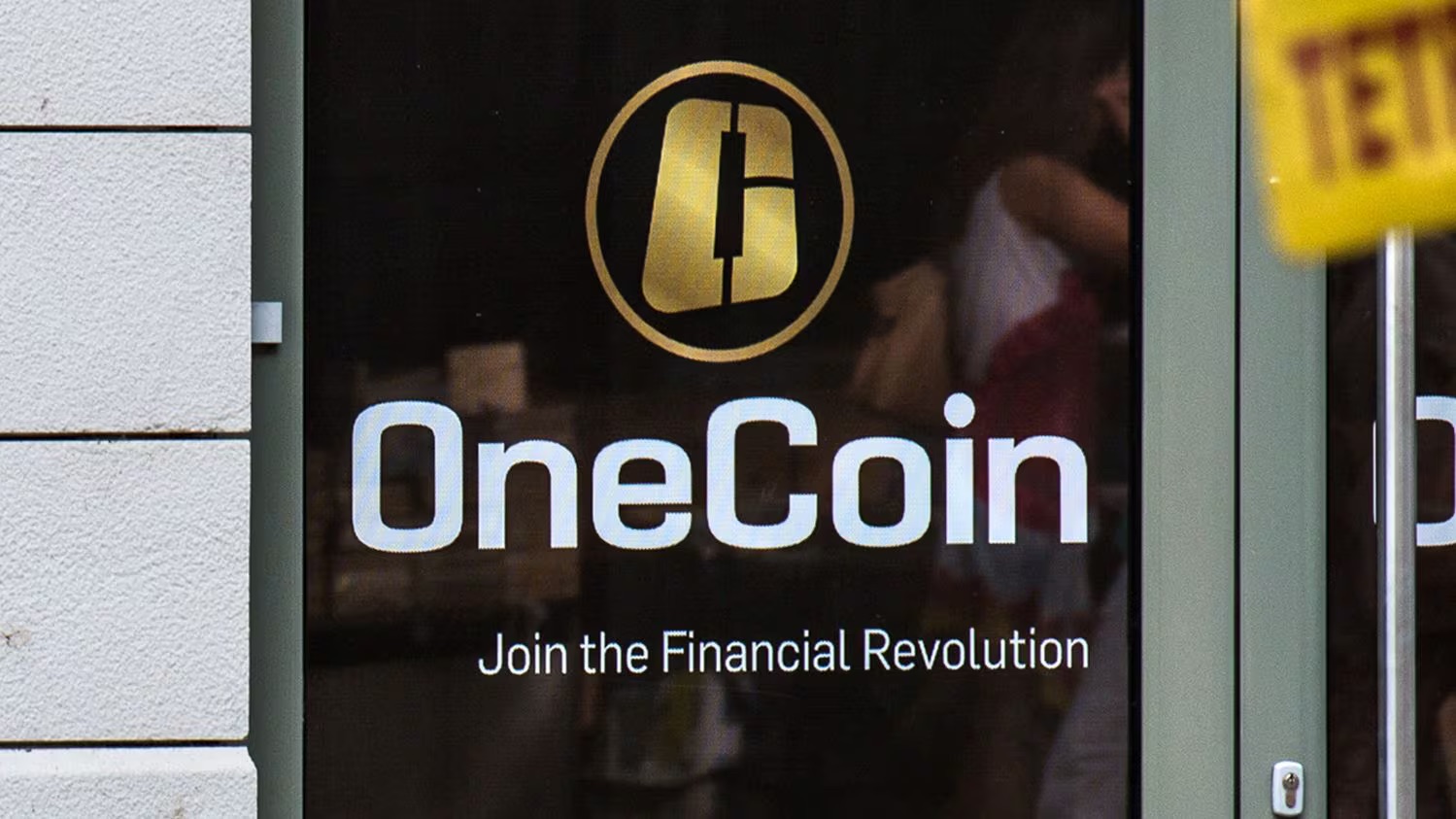
In recent years, the cryptocurrency market has matured significantly, attracting not only retail investors but also substantial interest from institutional players. According to a recent survey by KPMG, there has been a noticeable increase in crypto asset exposure among institutional investors in Canada, indicating a shift towards more diverse and potentially lucrative investment strategies.
Survey Overview
KPMG’s survey, conducted in 2023, involved 65 participants, including 31 institutional investors and 34 financial services organizations. Most of the institutional respondents manage assets exceeding $500 million. The findings reveal a rise in crypto asset exposure from 31% in 2021 to nearly 40% in 2023.
A significant finding from the survey is that one-third of the institutional investors have now allocated at least 10% of their portfolios to crypto assets. This is a substantial increase from two years prior when only a fifth had such allocations. This trend underscores a growing confidence in crypto as a viable component of institutional investment portfolios.
Driving Factors for Increased Crypto Investment
- Debasement Hedge: Kunal Bhasin, a partner at KPMG Canada’s Digital Assets practice, suggests that the interest in crypto may be partly due to its potential as a hedge against debasement and a reliable store of value amidst rising inflation and debt levels in the United States.
- Mature Market and Custody Solutions: The maturation of the market and enhancements in custody solutions have made crypto investments more appealing.
- Regulatory Advances: Canada’s pioneering approval of spot Bitcoin and Ethereum ETFs in February 2021 has significantly contributed to the asset class’s attractiveness. The subsequent approval of similar ETFs in the United States has also been a pivotal development.
Modes of Exposure
- Regulated Products: Half of the surveyed institutional investors have exposure through Canadian ETFs, closed-ended trusts, or other regulated products.
- Stock Market Investments: 58% of the investors have exposure via the stock market, such as investments in Galaxy Digital on the Toronto Stock Exchange, up from 36% in 2021.
- Derivatives Markets: There has been a considerable increase in exposure through derivatives, now at 42%, compared to just 14% in 2021.
- Venture Capital and Hedge Funds: Exposure through venture capital or hedge funds has slightly decreased to 25% from 29% in 2021.
While the expansion into crypto assets presents new opportunities, it also introduces complexities related to market volatility, regulatory uncertainty, and the need for sophisticated risk management strategies. Institutional investors must navigate these challenges while capitalizing on the potential high returns that crypto assets may offer.
The increased exposure of Canadian institutional investors to cryptocurrency is a testament to the asset class’s growing legitimacy and potential utility as part of a diversified investment strategy. As the market continues to evolve, these investors are poised to play a pivotal role in shaping the future landscape of digital assets.
As the cryptocurrency sector continues to develop, it will be crucial for institutional investors to stay informed about technological advancements, regulatory changes, and market dynamics. This proactive approach will be essential in harnessing the full potential of their investments while mitigating associated risks.
Featured image credit: Oyinloye Bosun via Yahoo! Finance
